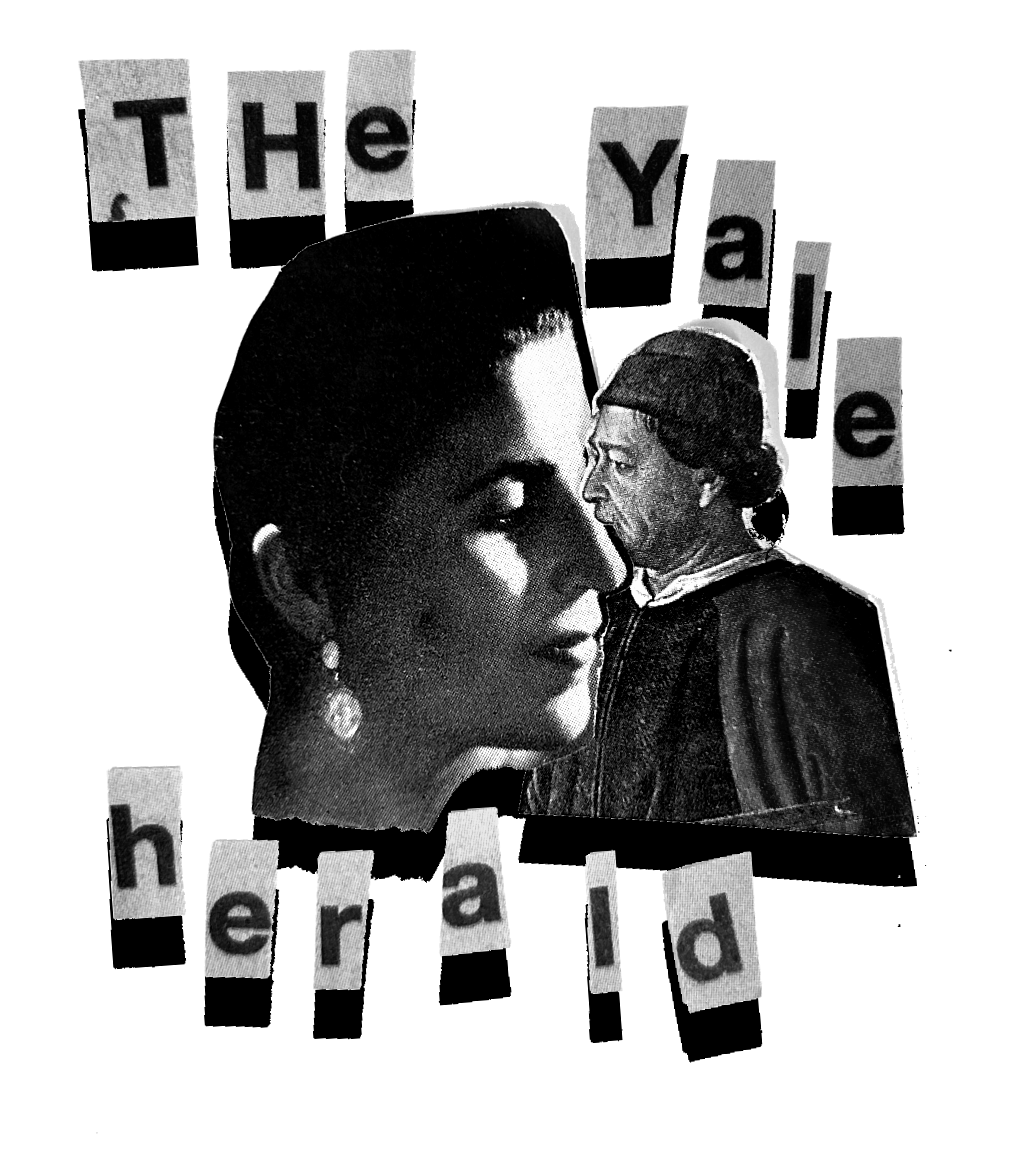Eastern Blokh is a monthly column by Danya Blokh about Eastern European art and culture.
Nothing about Pelageya’s appearance in Mother (1926) suggests she is a revolutionary. Played by a stooped, gray-haired, and handkerchief-clad Vera Baranovskaya, she is the spitting image of a Russian grandmother who fears communists and prays to her icon every night. Yet this character, conceived in a novel by Maxim Gorky and immortalized onscreen by director Vsevolod Pudovkin, became one of Soviet film’s most recognizable protagonists. Indeed, her contrast with the courageous workers, revolutionaries, and military heroes of the Soviet Union’s fictional pantheon makes her symbolically resonant. In her most famous image, she stares forward with weary but determined eyes and clutches a red banner in her arms, manifesting the universal reach of revolution. Political consciousness is not just the terrain of young radicals, Pudovkin seems to say, but of mothers and fathers, grandmothers and grandfathers—everyone whose fate is bonded to another through love.
At the start of Mother, Pelageya is not only apolitical, but nearly depersonalized. Our first glimpse of her is a high-angle shot from the vantage point of her drunkard husband, who glares down at her while searching for possessions to sell for alcohol. Her expression in this shot is chillingly blank, as if she is too meek to express emotion. She wears the same avoidant gaze during almost every hardship she encounters: when her husband beats her; when he is recruited by factory bosses to beat up strikers and killed in a clash with the workers; and when her son Pavel, one of those striking workers, is sentenced to labor in Siberia for hiding arms in the house. Vera Baranovskaya’s performance is brilliant: she portrays Pelageya as a woman so thoroughly deprived of agency that she cannot muster an affective response to the tragedies befalling her.
Only after her son’s arrest does Pelageya show signs of dawning subjectivity. The film implies that this is a result of her collaboration with the strikers, who are planning a jail-break for May Day. We see Pelageya smile for the first time when she visits Pavel in prison and sneaks him a note about the prison escape. Later, when she marches in the May Day parade, we even see her chat amicably with the workers. Her political participation remains cautious, clearly born from her motherly desire to rescue her son; yet the familial role which once oppressed her has now begun to facilitate revolutionary consciousness and individualization.
Pelageya’s path to radicalization through her identity as a mother coincides with the film’s overarching project of naturalizing revolution. Pudovkin portrays communism less as a radically new social order than as a liberation of natural familial connections suppressed by capitalist alienation. As the class conflict mounts throughout the film, it is punctuated by paysage scenes of tranquil forests, trickling water, and children playing in fields, suggesting that revolution is as organic as the cycle of the seasons. Scenes of river ice breaking apart suggest that the breakdown of the Tsarist system is an inevitable consequence of history’s progression; at the film’s climax, this symbolic image enters the diegesis as Pavel escapes firing prison guards by leaping across the chunks of floating ice. Ultimately, even Pudovkin’s aesthetically conservative style is an extension of this ethos: instead of shattering old forms like his contemporaries, Pudovkin reconciled them with the socialist cause.
In the film’s final scene, Pavel runs into the crowd of workers and embraces Pelageya. Mother and son are reconciled; worker solidarity has repaired the familial bonds severed by bourgeois authorities. Suddenly, however, Tsarist cossacks charge at the proletarian crowd and begin to fire. Murdered workers fall into the mud. Pavel is shot dead, pulling Pelageya to the ground with him. Then—in the film’s most legendary frame—Pelageya stands with the revolutionary banner in her arms and faces the cossacks. Shot from below, her unblinking face is monumentalized, completely inverting our first glimpse of her. Though this scene lasts only a few seconds, it captures Pelageya’s utter transformation: by choosing to die holding the banner instead of escaping, Pelageya has taken the leap from obeying her familial duty to exercising her own political will. She is no longer only a mother, but also a revolutionary.




